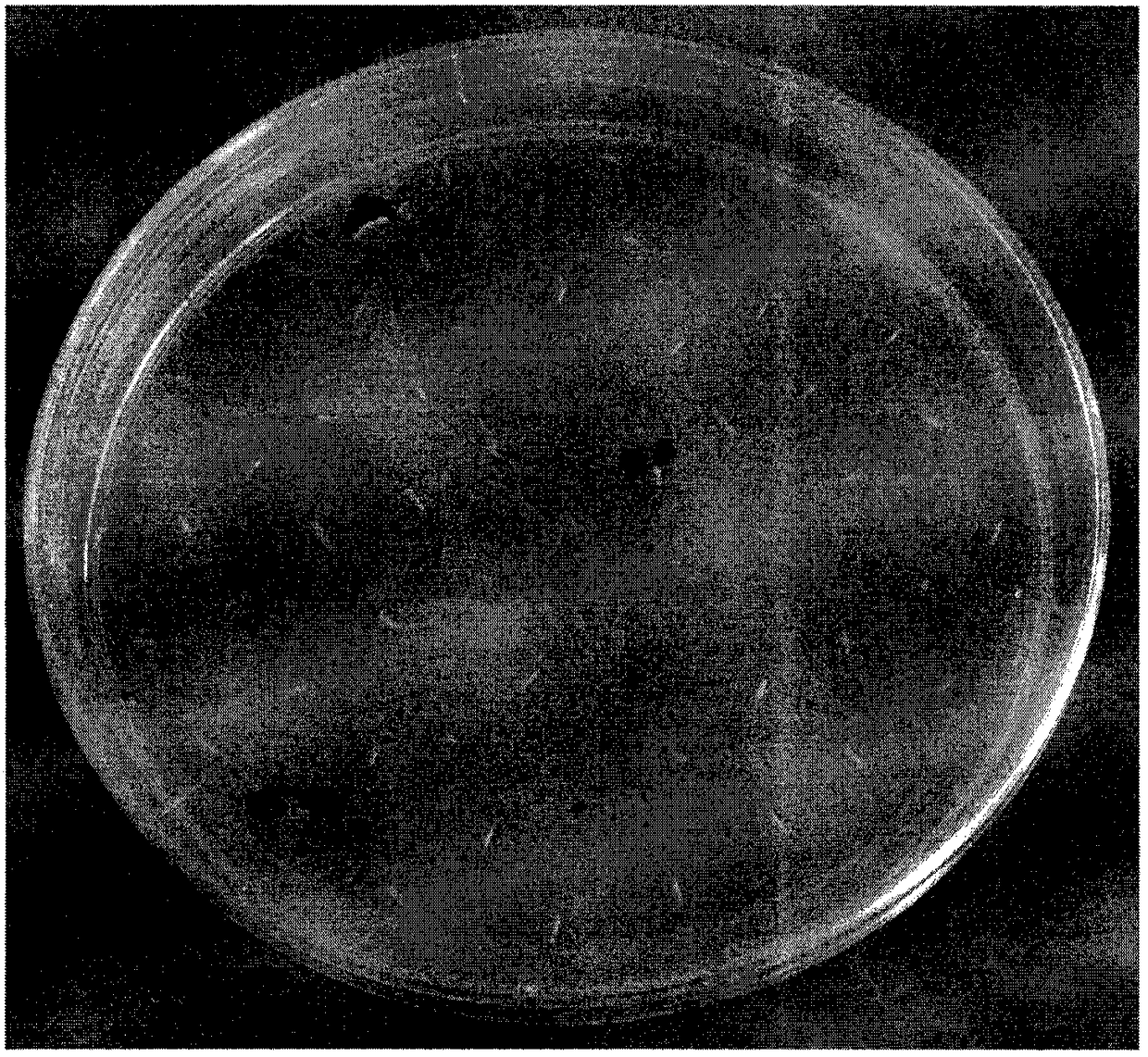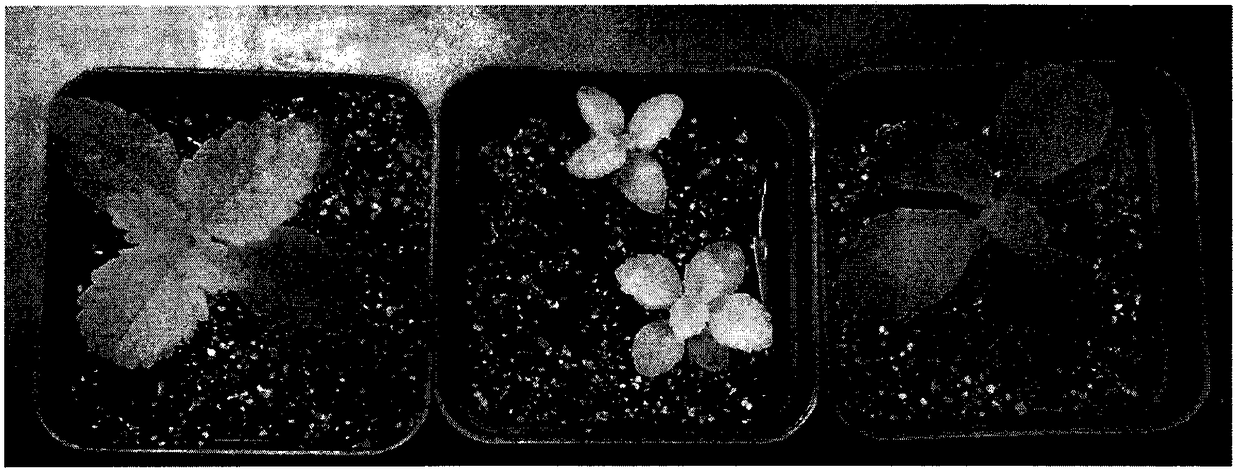Method for obtaining selfing progeny of stevia rebaudianum through embryo rescue
An embryo rescue and stevia technology, applied in the field of biotechnology breeding, can solve the problems of low self-seeding rate of stevia
- Summary
- Abstract
- Description
- Claims
- Application Information
AI Technical Summary
Problems solved by technology
Method used
Image
Examples
Embodiment 1
[0027] A method for obtaining selfed offspring of Stevia through embryo rescue, comprising the following steps: (1) preparation of parent material: the parent selects a cultivar 'Zhongshan No. 8' with high content of total steviol glycosides and good comprehensive traits. The embryo rate is as high as 16%, but the natural self-fertilization rate is 0 due to the abortion of immature embryos. In May 2017, 'Zhongshan No. 8' was propagated by cuttings, rooted and transplanted in flowerpots, and managed with conventional water and fertilizer;
[0028] (2) Selfing: After removing the open flowers when Stevia 'Zhongshan No. 8' blooms, use sulfuric acid paper bagging to isolate, and then carry out artificial assisted pollination every other day; the artificial assisted pollination is to uncover the same species The inflorescences of the sulfuric acid paper bag approached and rubbed against each other, spreading pollen to the stigma;
[0029] (3) Stripping of ovules: select flower head...
Embodiment 2
[0034] The method of obtaining the selfed offspring of Stevia through embryo rescue described in this example is generally the same as that of Example 1, the difference is that: (1) the parent material is a Stevia variety 'Zhongshan No. 5' with a higher stevioside content; (2) the The self-crossing was carried out under geographical isolation conditions. 30 plants of 'Zhongshan No. 5' were selected and propagated by cuttings, and planted in the field, 5 plants x 6 rows, with a plant spacing of about 30cm. There is no stevia planting within 20km nearby, and topping after transplanting promotes Branches; (3) the artificial assisted pollination is in the flowering period of 'Zhongshan No. 5' from late August to early September, at 10-11 am every day, stick the upper end of the plant with a stick and gently rub it horizontally, vibrate the inflorescence, and make the pollen scattered (4) The stripping of the ovule is to collect the capitulum about 10 days after flowering and bring ...
PUM
 Login to View More
Login to View More Abstract
Description
Claims
Application Information
 Login to View More
Login to View More - R&D
- Intellectual Property
- Life Sciences
- Materials
- Tech Scout
- Unparalleled Data Quality
- Higher Quality Content
- 60% Fewer Hallucinations
Browse by: Latest US Patents, China's latest patents, Technical Efficacy Thesaurus, Application Domain, Technology Topic, Popular Technical Reports.
© 2025 PatSnap. All rights reserved.Legal|Privacy policy|Modern Slavery Act Transparency Statement|Sitemap|About US| Contact US: help@patsnap.com


